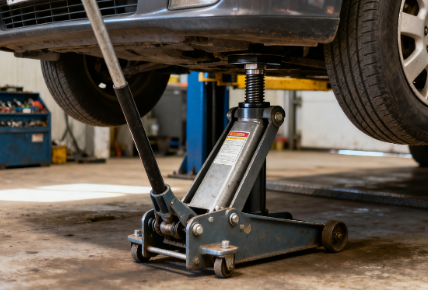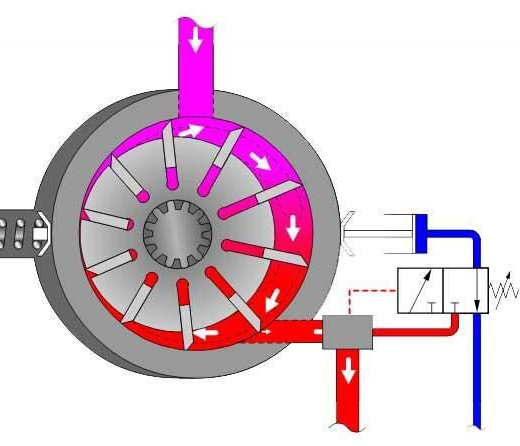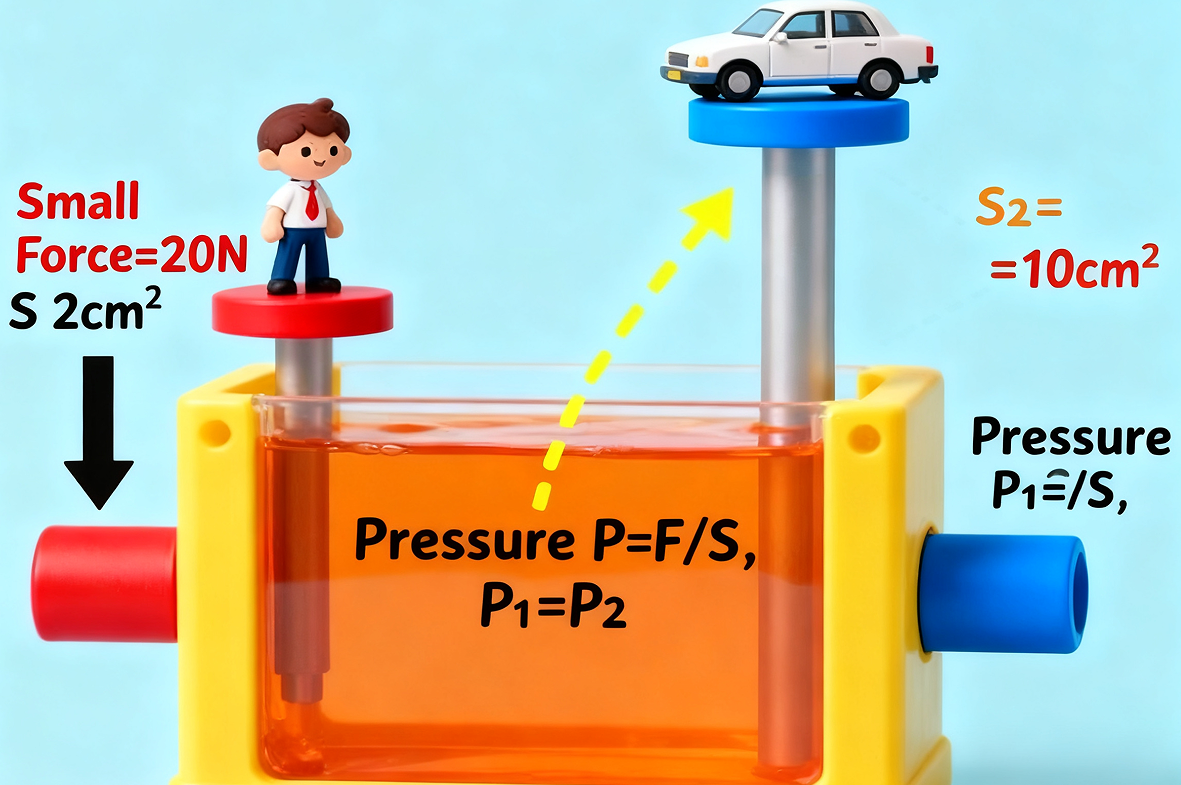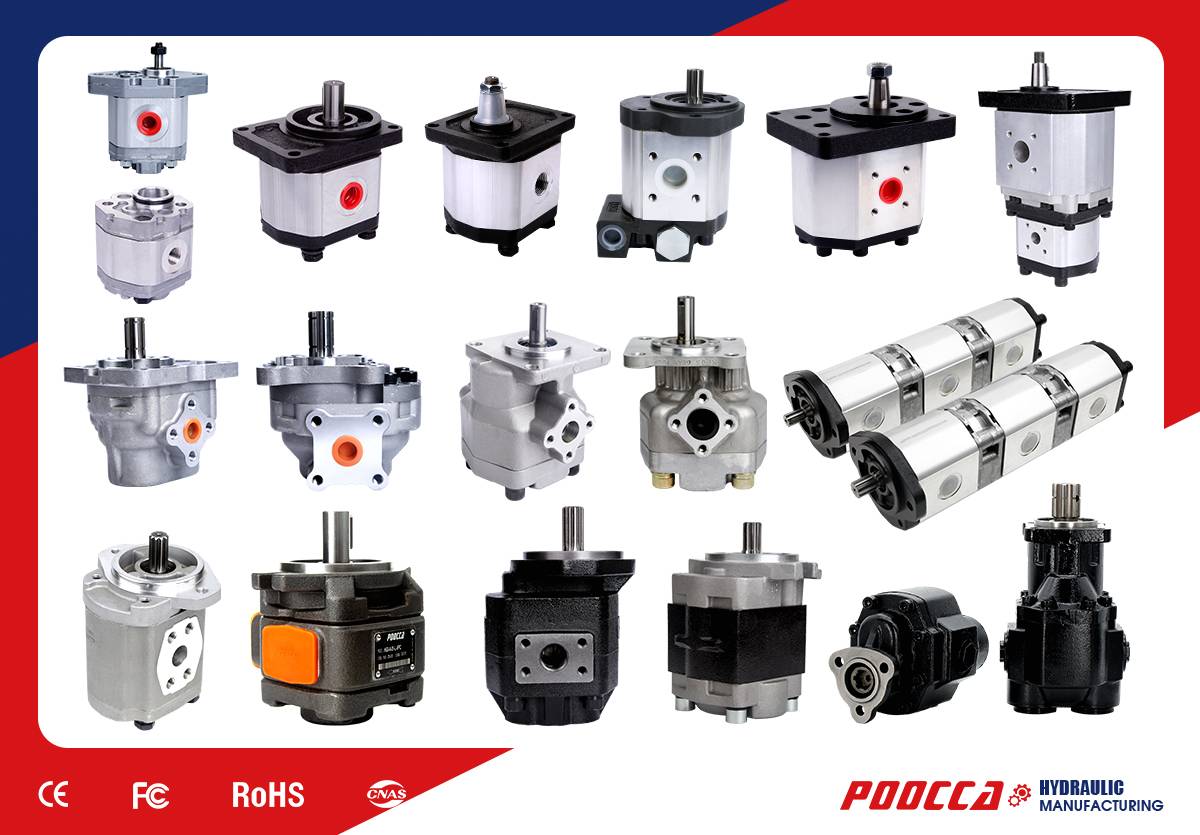Have you ever wondered how a light press on a car’s brake pedal can bring a heavy vehicle to a stop? Or how a small force on one piston can lift tons of weight in a hydraulic jack? The secret lies in a fundamental law of fluid mechanics called Pascal’s Law.
Definition & Basic Principles
What Is Pascal’s Law?
Pascal’s Law (also called Pascal’s Principle) states:
When a change in pressure is applied to an enclosed, incompressible fluid, that change is transmitted undiminished to every portion of the fluid and to the walls of its container.
In simpler terms, if you push on fluid at one point, the extra pressure spreads uniformly throughout the fluid (assuming ideal conditions).
It is important to emphasize that Pascal’s Law applies to pressure changes (ΔP), not the absolute pressure everywhere, which may vary due to depth or gravity.
Pressure, Force & Area Relationship
We define pressure as:
P=F/A
where:
-
P= pressure
-
F= applied force perpendicular to a surface
-
A= area over which the force acts
From Pascal’s Law, if you have two pistons (or surfaces) in the same connected fluid, you get:
F1/A1=F2/A2
Hence:
F2=F1*A2/A1
This is how force “amplification” works: a small force on a small area can translate into a larger force on a larger area, as long as pressure is transmitted equally.
Assumptions & Ideal Conditions
Pascal’s Law holds ideally when:
-
The fluid is (nearly) incompressible
-
The fluid is confined (closed container or system)
-
The system is static or quasi-static (changes are slow)
-
One neglects friction, viscosity loss, leakage
-
Geometrical layout (pipes, bends) does not interrupt the fluid continuity
In real systems, deviations from these ideal conditions introduce losses and inefficiencies.
Intuitive View & Demonstrations
Visualizing with Pistons
One of the clearest visual models is two pistons of different cross-sectional areas, connected by a fluid-filled channel:
-
You push downward on the small piston with force F1.
-
The pressure increase ΔP spreads equally through the fluid.
-
That pressure acts upward on the larger piston, producing force F2.
-
Since A2 is larger, F2 is correspondingly larger (even though the small piston and large piston see the same ΔP).
Simple Demonstration with Syringes
Here’s a demo you can try or describe:
-
Take two syringes of different sizes, connect them with a tube, and fill with water (avoid air bubbles).
-
Press on the smaller syringe’s plunger with force F1 .
-
Observe how the larger syringe’s plunger moves upward with a force F2.
You’ll see that the force is magnified, but the movement distance is reduced (i.e. the larger piston moves less). That tradeoff respects energy conservation.
Historic Example: Pascal’s Barrel
Pascal is known to have used a tall vertical pipe connected to a barrel filled with fluid to show that even a modest force at the top could produce large pressure at the base—enough to burst the barrel. While it mixes with hydrostatic ideas, it dramatically illustrates how pressure transmits through fluid.
Applications in Real Machines
Pascal’s Law is not just theoretical—it is the backbone of many hydraulic systems.
Hydraulic Jacks, Lifts & Presses
-
A hydraulic jack lets a small force on a small piston lift a heavy object by transmitting pressure to a larger piston.
-
Hydraulic presses use this to apply massive force for pressing, molding, or stamping.
-
In all these, force is amplified, but the distance moved by the output piston is smaller. This mirrors the lever principle in fluids.
Automotive Brake Systems
-
When you press the brake pedal, you push on the master cylinder, increasing fluid pressure.
-
This pressure is transmitted through brake fluid to pistons at the wheels, which push the brakes pads.
-
Because wheel pistons have larger effective area, braking force is magnified.
Other Engineering Uses
-
Construction machinery (excavators, cranes) employ hydraulic actuators.
-
Aircraft use hydraulics for landing gear, control surfaces, and brakes.
-
Medical devices like syringes and hydraulic actuators in surgical robots also rely on the principle.
-
In factories, hydraulic presses, valves, lifting systems all exploit Pascal’s Law.
Limits, Misconceptions & Practical Considerations
Although elegant in theory, in real systems you must account for imperfections.
Misconceptions
-
“Pressure is equal everywhere”: This is false—static fluid under gravity shows pressure gradients. Pascal’s Law is about changes in pressure, not absolute equality.
-
Pascal’s Law works the same in gases: Gases are compressible, so applying the law to them without caution can mislead.
-
It always works under movement or acceleration: In fast or transient flows, inertial effects, pressure waves, and turbulence can disrupt ideal behavior.
Practical Limitations
-
Friction & flow resistance: Moving fluid in pipes, valves, and fittings causes pressure loss.
-
Leakage & air bubbles: Any leak or trapped air (compressible) degrades pressure transmission.
-
Deformation & wear: Under pressure, seals, pipes, and pistons may deform slightly or wear, creating inefficiency.
-
Viscosity & temperature effects: Fluid viscosity changes with temperature; this changes resistance and leakage paths.
-
Compressibility at extreme pressure or cavitation: Under very high pressures or low local pressure, slight compressibility or vapor bubbles can appear.
Because of these real-world factors, hydraulic systems never operate at 100% efficiency.
Summary, FAQ & Brand Note
Summary
-
Core idea: In a confined, nearly incompressible fluid, any change in pressure is transmitted equally throughout the fluid—the essence of Pascal’s Law.
-
Force and area: F1/A1=F2/A2 — you can amplify force by using a larger area piston.
-
Real use: Hydraulic jacks, vehicle brakes, construction machinery, aviation systems, and many industrial tools rely on this principle.
-
Caveats: Real systems face losses from friction, leaks, deformation, compressibility, and dynamic effects.
-
Design wisdom: Knowing where the ideal law fails lets engineers build more reliable and efficient systems.
FAQ
Q: If two pistons have equal area, is there any force gain?
A: No. If A1== A 2 , then F1== F 2 . Pressure is transmitted, but not amplified.
Q: Can Pascal’s Law be used for air or gas systems?
A: Not directly or fully. Because gases compress, pressure changes may not transmit immediately or evenly. The law is safest to apply to liquids.
Q: Why does hydraulic equipment need regular maintenance?
A: Seals deteriorate, leaks develop, air can enter the system, fluid properties change—all of these degrade performance. Regular upkeep ensures consistent and safe operation.
Q: Doesn’t amplifying force violate conservation of energy?
A: No. While force grows, the output piston moves a shorter distance. Input work = output work (minus losses). Energy is conserved.
Brand Note & Recommendation
When it comes to building or sourcing hydraulic components (pumps, valves, cylinders, motors, etc.), the reliability and quality of the brand matter a lot. One brand worth noting is Poocca Hydraulic (Shenzhen) Co., Ltd.
-
Founded in 2006 and located in Shenzhen, Poocca offers a wide range of hydraulic products including pumps, motors, valves, and accessories.
-
The company claims over 1,600 product variants and positions itself as a one-stop hydraulic purchasing solution.
-
Poocca serves multiple sectors, from construction machinery to agricultural and marine systems, offering components like gear pumps, piston pumps, hydraulic motors, and valves.
-
For a blog or educational site, you might reference or link to Poocca’s product pages or technical resources as case examples of modern hydraulic component offerings.
Post time: Oct-08-2025








